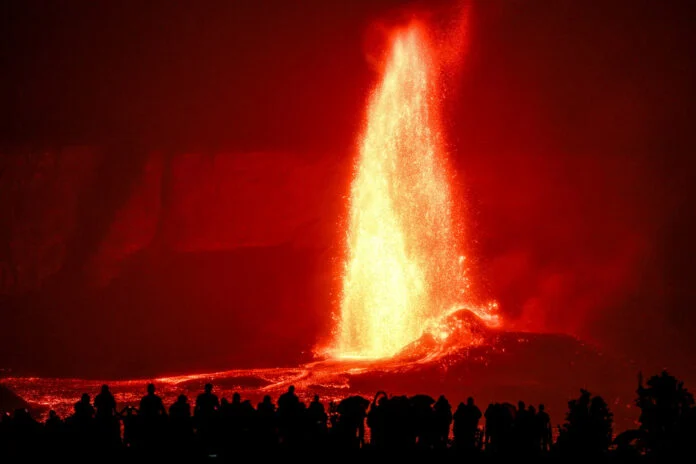In this video, delve into the fascinating life and legacy of Hikoma Ueno, a trailblazing Japanese photographer born in Nagasaki in 1838. Renowned for his exquisite portraits of prominent Japanese Samurai and influential figures, as well as his captivating landscape photography of his hometown Nagasaki, Ueno's contributions to the art form are profound.
Born to a Dutch-squirt father who worked for The Shimazu, the family connection to photography was established early on, with his father possibly importing the first camera into the country. Ueno's journey into the world of photography took shape during his time at Nagasaki Medical College in 1852, where he immersed himself in the study of chemistry under the tutelage of Dutch medical officer Jonice LC Pom. Pom, equipped with a camera and modest photographic experience, became Ueno's mentor in the art of photography.
In 1862, Ueno made history by establishing the first-ever photo studio in Japan, located in Nagasaki. Though initially met with challenges, his studio gradually flourished due to its strategic timing and location. Foreign visitors eagerly sought out Ueno's services, desiring to capture their memories of Japan through his lens.
Ueno's lens not only immortalized the faces of many influential figures but also bore witness to the tumultuous transition from the shogunate to the Empire. His body of work stands as a crucial historical record, offering insights into the turbulent times of the Edo period, spanning from 1673 to 1868. Through his photographs, Ueno's legacy endures as a testament to his artistic prowess and his invaluable contribution to Japanese history.







